Location, community and charm: The enduring desirability of London's mews houses
From birds, to horses, to beautiful family homes, the mews of London are some of the nation's most sought-after homes. But why?


Before I moved to the UK in 2002, my mother and I went shopping for a house. Well, she went shopping; I went with her, because I was nine-years-old and didn’t have any money. Despite not buying it, I do remember looking around a mews property and being fascinated by a spiral cast-iron staircase, the street cobbles, and the large garage doors.
It’s odd what memories stick with you after such a long time. But I suppose it speaks to the enduring charm of the mews that this memory did. I would still like to own one one day, should the financial situation arrive, and have been known to spend hours looking at those for sale on various websites across the internet. Such is the joy of the casual property journalist.
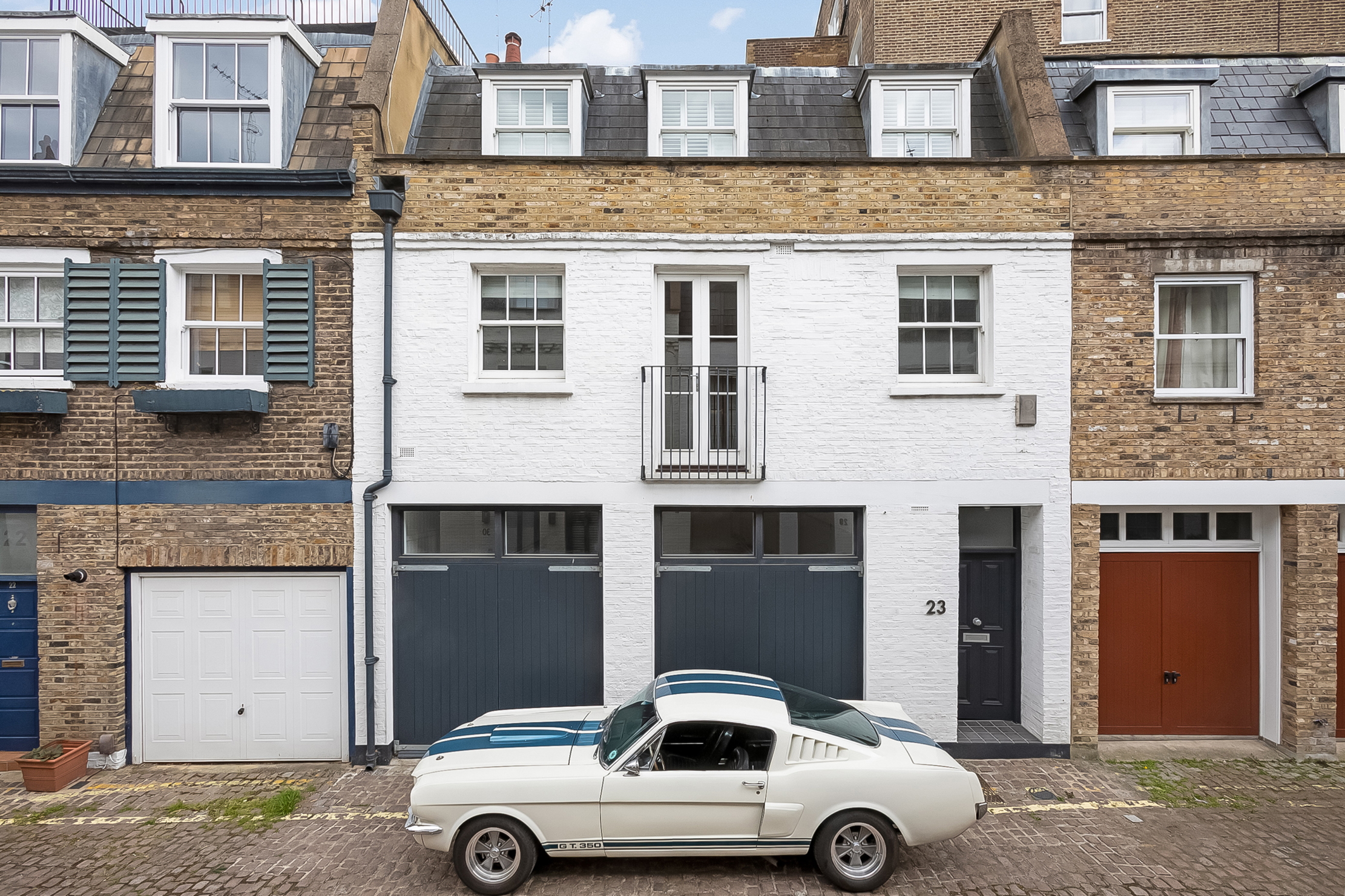
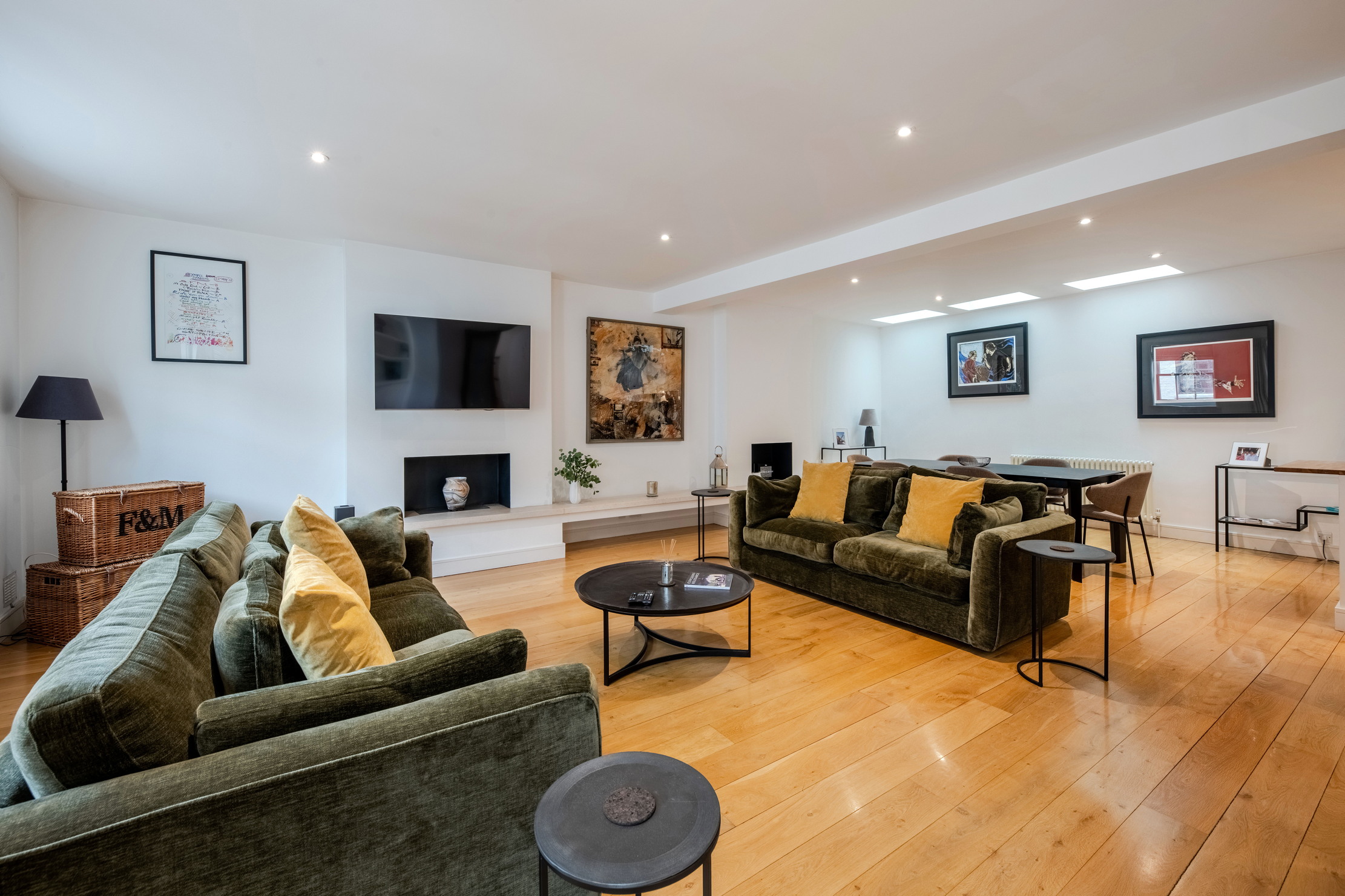
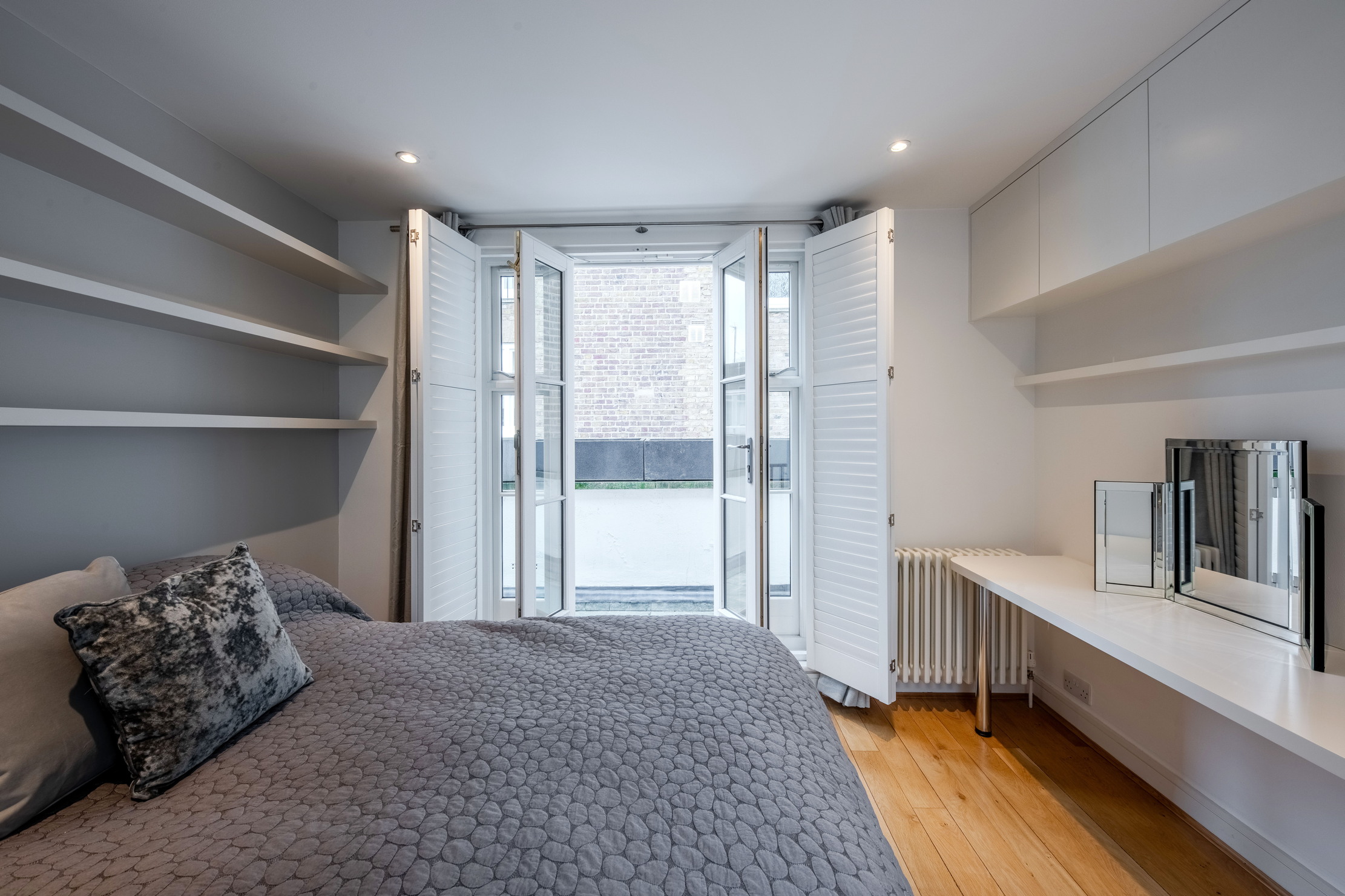
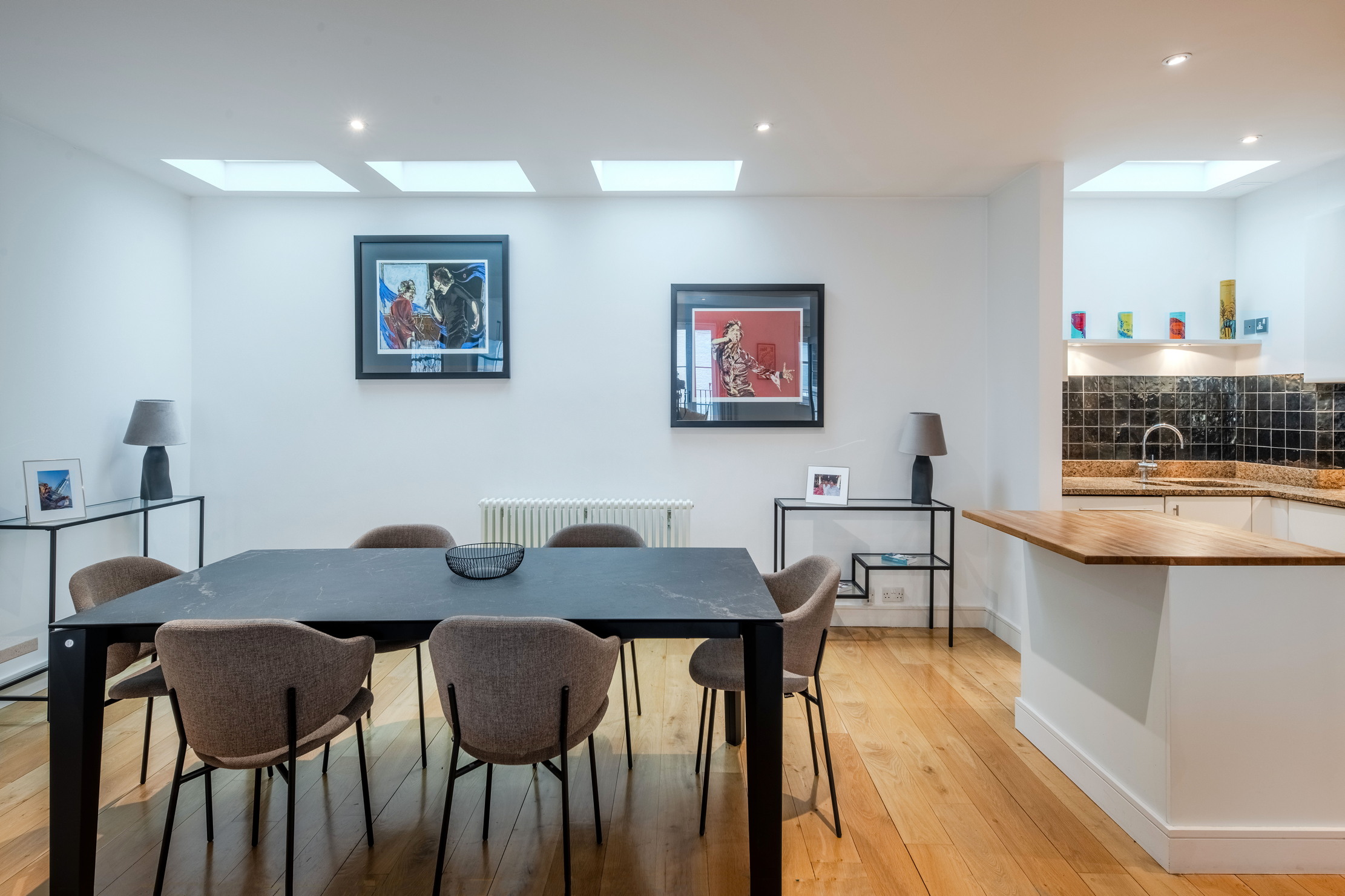
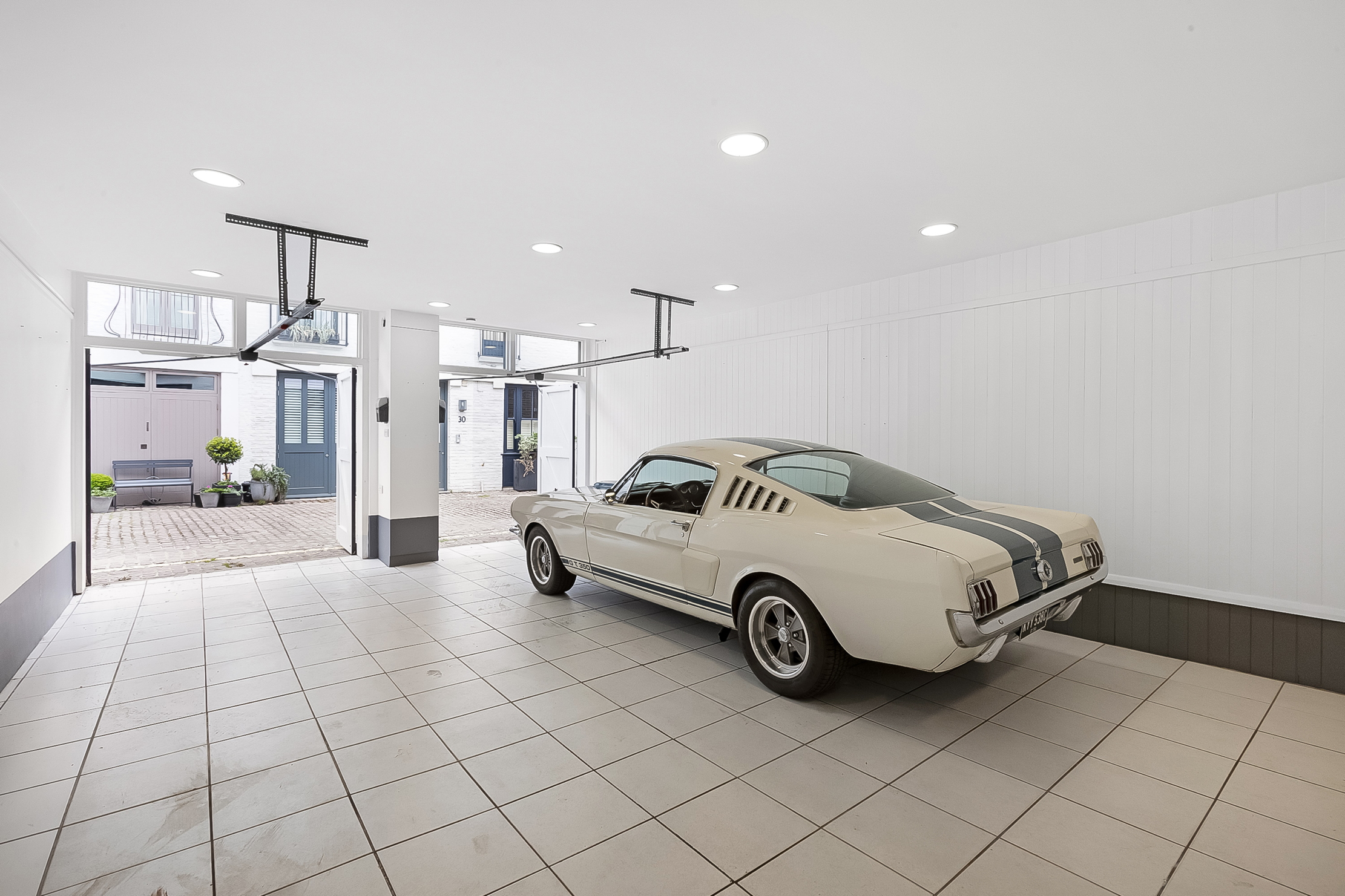
If a fleeting memory is evidence of the mews’s timeless appeal, then so too perhaps is the existence of Lurot Brand, a London agency that specialises in mews houses and was established in 1971. If you, like me, feel like wasting an hour looking at mews houses, it’s a good place to start.
‘They’ve got a bit of history, they’re in lovely locations and they are quintessentially British,’ says sales associate Mike Lurot. ‘You’ve got the history, they’re typically freehold and lots of them have roof terraces, which is another quirky appeal.’
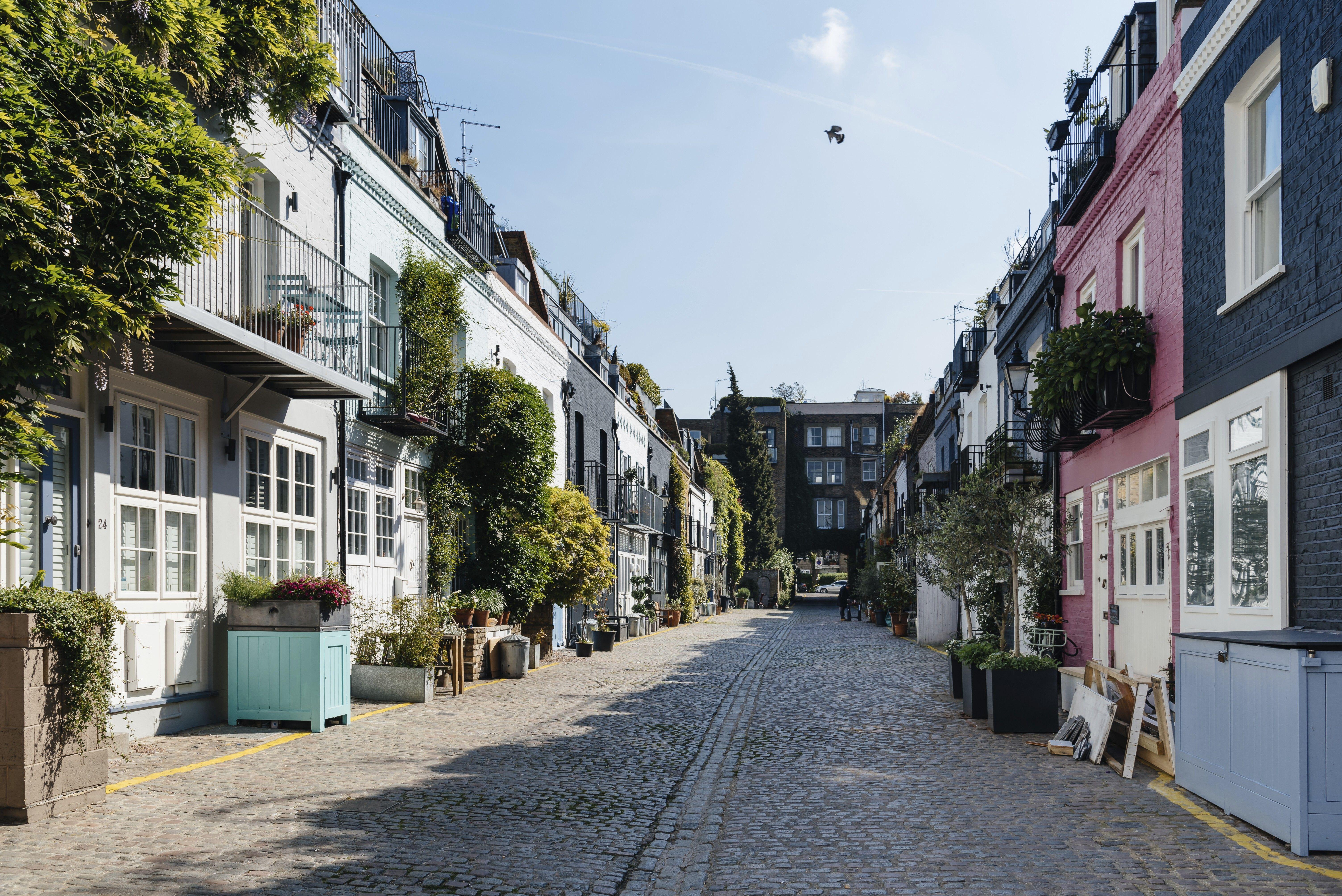
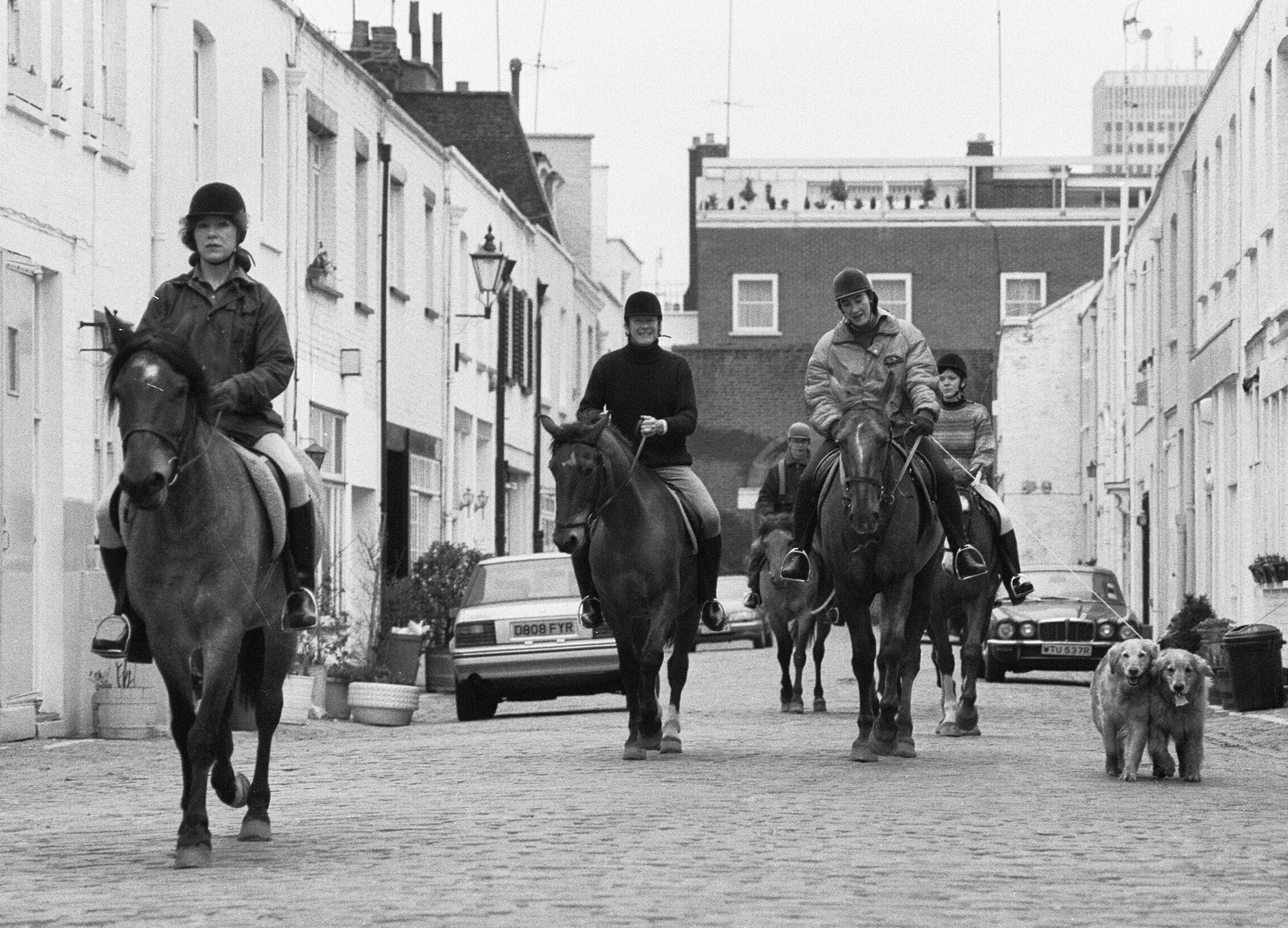
Horse riders in Hyde Park Gardens Mews on their way to the stables in Bathurst Mews, in March 1987.
The history that Mike mentions is key to the appeal of the mews. The word traces its lineage to the French ‘muer’, which means ‘to moult’. They were originally used to confine moulting hawks, and the term is still used in falconry circles (how can I join these circles) to refer to housing these birds of prey.
Falconry circles used to include royalty, and it was on the site of the Royal Hawk Mews at Charing Cross that the Royal Stables were first built, transitioning the term from avian to equine. The modern mews we see across London take their name from these royal stables (which moved to the Buckingham Palace Road 200 years ago), and various others built from the 18th century, which also helps explain why so many can be found near Hyde Park.
'There were six horses on our street and a drunken lady who looked after them. Naturally, they’d escape down Gloucester Road and she chased after them on her bicycle. Sadly, they've gone now'
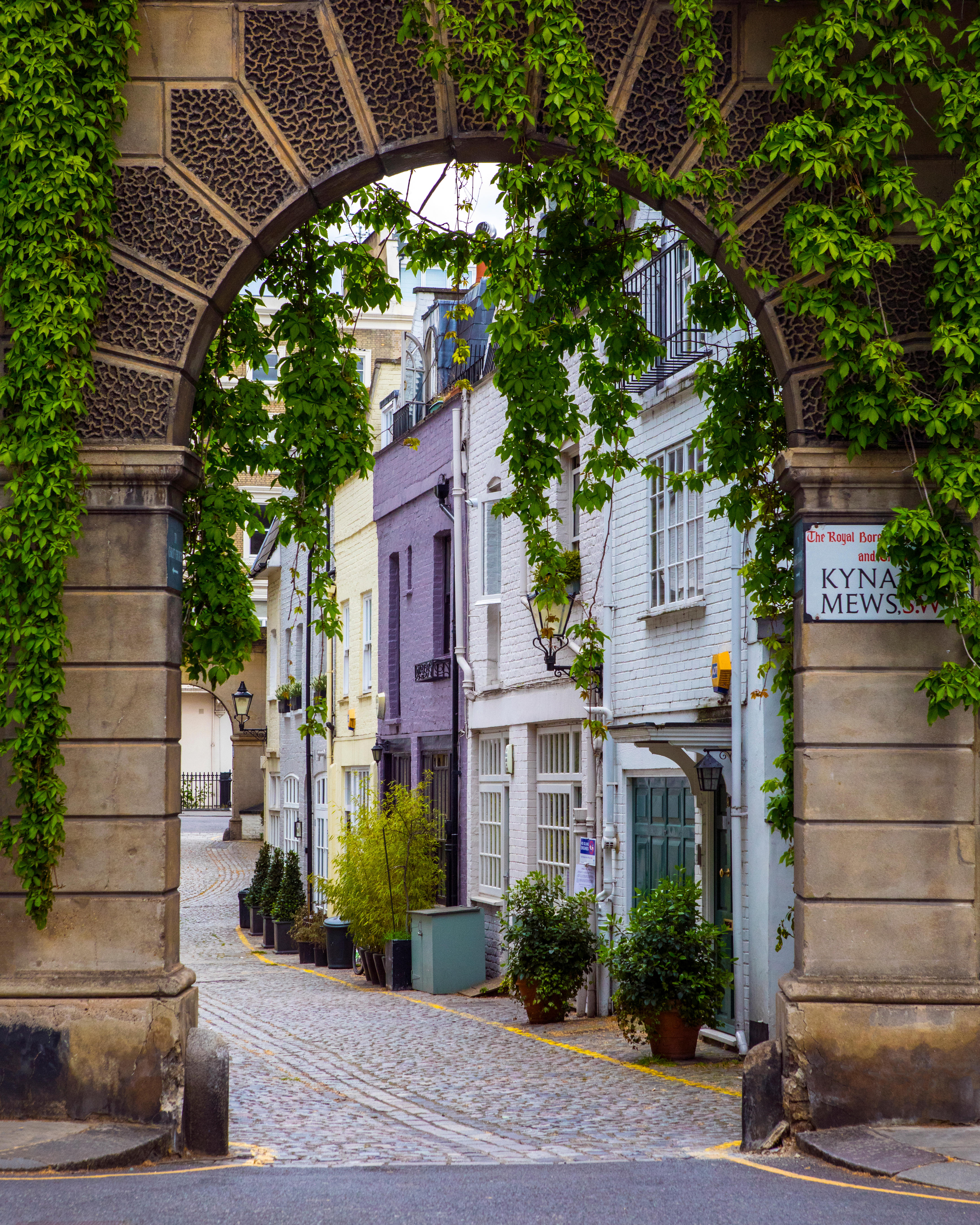
Kynance Mews is also one of London's most photographed mews streets.
‘The cobbles that we now think of as charming served a practical function as hard-wearing surfaces for horses,’ says Giles Barrett, director at Domus Nova (another great website to browse for beautiful homes, mews or otherwise). ‘Likewise, what used to stable a horse or two, in many cases, now stable 450 “horses”…in the form of a gleaming, powerful horsepower.’ Not only charming, but practical, as Giles attests. Where else are you going to get your own private garage within a five-minute walk from Hyde Park?
Exquisite houses, the beauty of Nature, and how to get the most from your life, straight to your inbox.
As much as the location is key, so too is the sense of community you get from those cobbled streets. ‘I know all my neighbours,’ says Robin Gedye, who lives in a mews house near High Street Kensington. ‘My children used to play football up and down the street, which felt very 1920s, but mews are pretty much the only place you can do that these days. Everyone here looks after each other.’
‘They are so private,’ says Mike. ‘You can put some tables and chairs out front, flowerpots, and so on. A lot of mews have an annual summer party as well.’
Further strings to the bow of the mews would be their variety and adaptability. ‘Prices can start around £1-1.5 million, but in Knightsbridge, exquisitely designed examples can fetch up to £20 million,’ notes Giles. ‘I sold one on Bathurst Mews in 2023, which was home to the last working mews in London, Hyde Park Stables. You could still smell the horses. It had all the original character, was bought through a buying agent, and attracted strong interest with multiple offers.
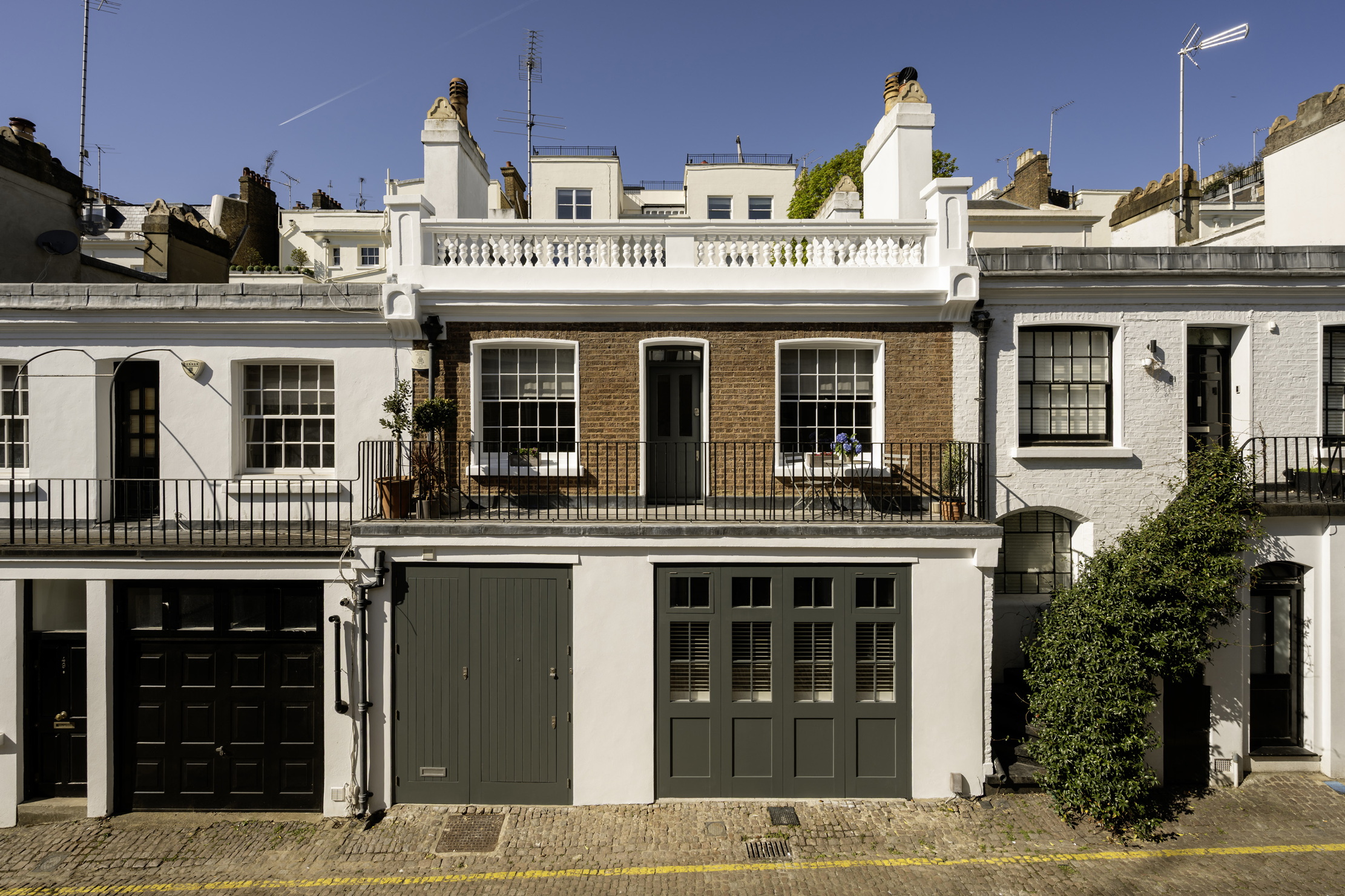

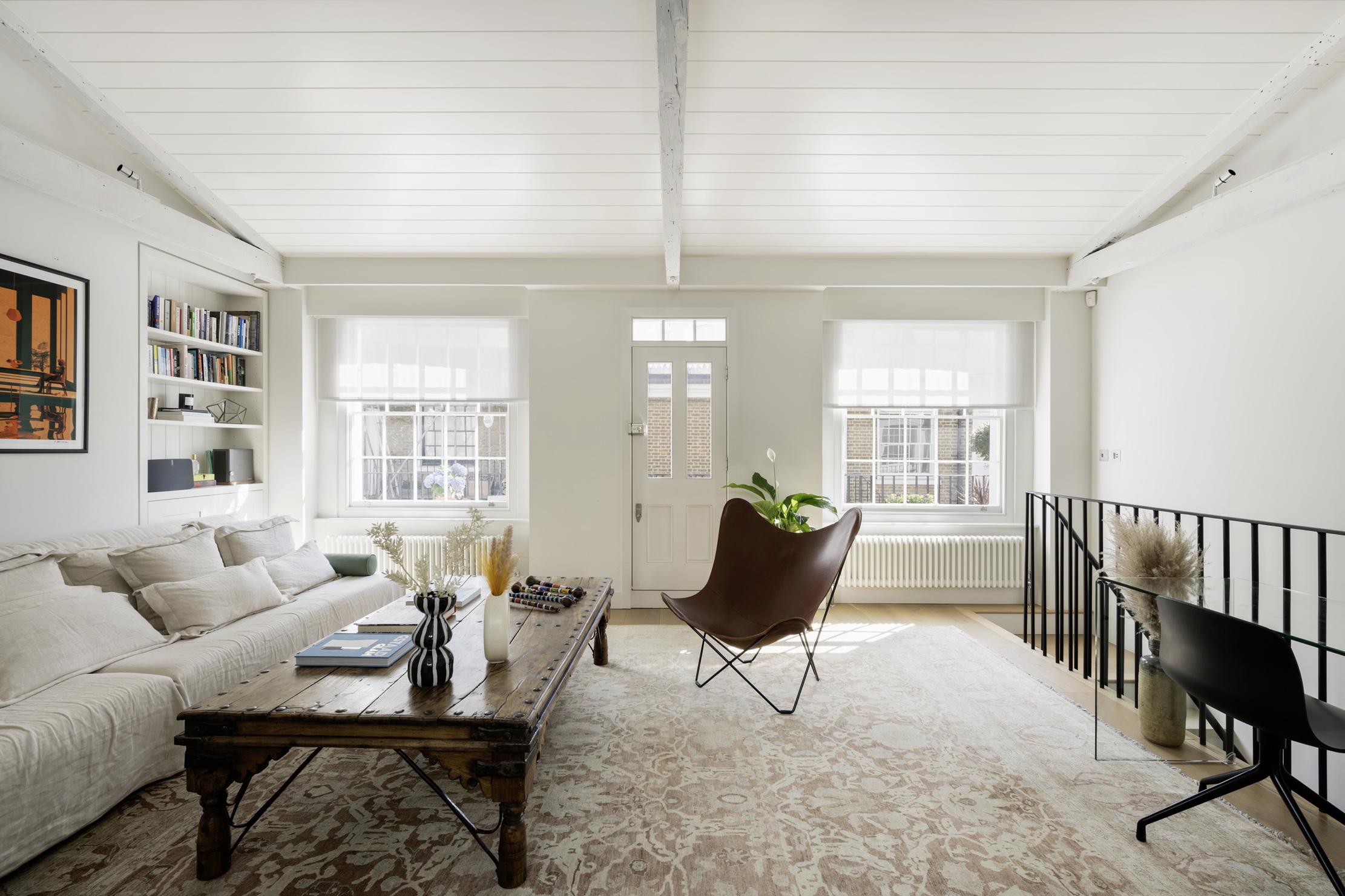
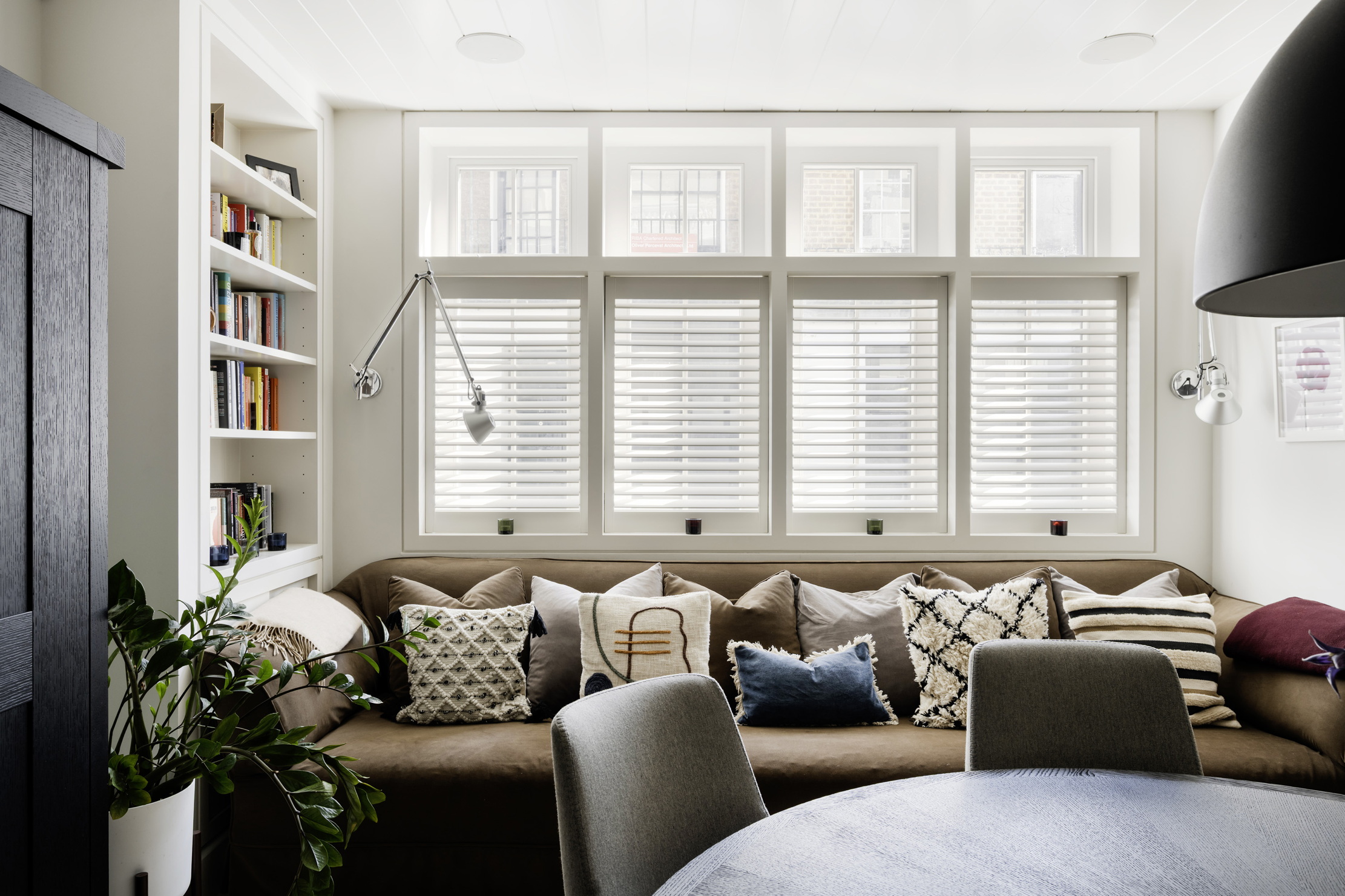
‘A well-run, well-located mews always generates attention. And although they don’t always offer meaningful outside space, many buyers are looking for something low maintenance they can simply bolt up and leave.’ That lock-up-and-leave-ability makes them popular with international buyers, as does their proximity to Paddington Station and Heathrow.
When I ask Mike his favourite of London’s more than 8,000 mews, he struggles to decide. ‘Hyde Park Gardens Mews is so close to the park and you’ve got horses trotting through it every day,’ he says. ‘But Kynance Mews in Kensington is probably the prettiest one.’
Most mews have all been refurbished, renovated and re-fitted to achingly high standards, but that sense of old world charm never really goes away. ‘The mews had a working stables when I moved here 25 years ago,’ Robin says. ‘I woke up to the sound of horse hooves on cobbles, which was very reminiscent of Charles Dickens, so that was lovely. There were six horses on our street and a drunken lady who looked after them. Naturally, they’d escape down Gloucester Road and she chased after them on her bicycle. Sadly, they've gone now.’
The horses and carriages may have gone, but that desirability hasn’t faded, and it doesn’t seem it ever will. ‘I believe, amid the noise and haste of London, the once-humble mews house is among the most desirable property-picks on the market, for they are off the beaten track,’ concludes Giles.
‘And because they were typically add-ons, often accessed by underground passages, to the very grandest of houses, they are also often found in the finest parts of London. So it’s no surprise they’re still popular with high-profile buyers who value discretion.’

James Fisher is the Digital Commissioning Editor of Country Life. He writes about motoring, travel and things that upset him. He lives in London. He wants to publish good stories, so you should email him.
